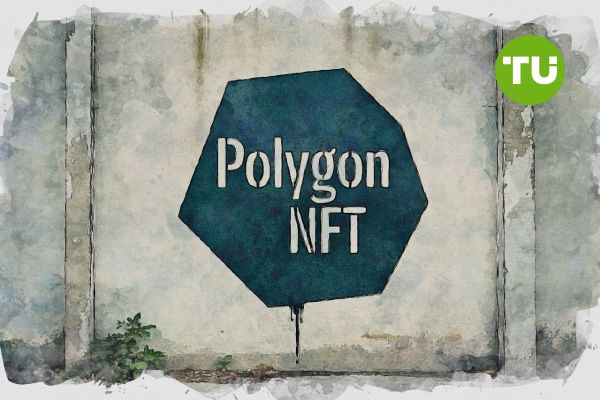Polygon NFT trading volumes overtake Ethereum NFT
 Polygon NFTs lead global sales with $22.3M, overtaking Ethereum and Bitcoin.
Polygon NFTs lead global sales with $22.3M, overtaking Ethereum and Bitcoin.
Polygon-based NFTs have claimed the top spot in the global digital collectibles market, outpacing Ethereum and Bitcoin-based projects in weekly sales volume.
The surge marks a significant shift in NFT market dynamics, underscored by the growing popularity of real-world asset (RWA) tokenization, reports Cointelegraph.
Key Takeaways
- Polygon NFTs Top Sales Charts: Weekly volume hit $22.3M, accounting for 24% of global NFT sales.
- RWA-Backed Courtyard NFTs Dominate: The collection alone drove $20.7M in sales.
- User Base Expands Sharply: Polygon saw 39,000+ buyers—an 81% weekly increase.
- Ethereum and Bitcoin Slide to Lower Ranks: ETH recorded $19.2M in NFT sales, with BTC at $14.1M.
Polygon Overtakes Ethereum as NFT Leader
According to data from CryptoSlam on April 22, Polygon NFTs recorded $22.3 million in sales over the past seven days—a 20% week-on-week rise. This vaulted Polygon to the top of the NFT rankings, narrowly surpassing Ethereum, which recorded $19.2 million in sales. Polygon’s market share for the week rose to 24% of all NFT transactions, from a total global sales figure of $92.9 million.
Top blockchains by seven-day NFT sales volume. Source: CryptoSlam
The number of NFT buyers on Polygon also surged to over 39,000, marking an 81% increase and highlighting a sharp rise in demand. Mythos Chain and Bitcoin-based NFTs followed in third and fourth place with $14.3 million and $14.1 million in sales, respectively.
Real-World Asset Collection Fuels Growth
The Polygon rally was powered primarily by the Courtyard NFT collection, a real-world asset project that tokenizes physical collectible cards. Courtyard recorded $20.7 million in volume alone, placing it ahead of all other NFT collections in terms of sales.
Loading...
Courtyard’s model centers around graded Pokémon, basketball, and baseball cards, which are tokenized and stored in secure, insured vaults. NFT holders can either keep their tokenized asset or burn the NFT to redeem the physical collectible. This backing by tangible items offers a new value proposition, combining the liquidity of digital markets with the security of physical ownership.
The platform’s appeal lies in its ability to bridge two worlds: digital trading and traditional collecting. It provides NFT collectors with a safer and more meaningful engagement compared to purely speculative digital art.
Onchain RWA Market Expands Rapidly
Polygon’s recent success aligns with the broader growth in onchain real-world assets. Data from RWA.xyz reveals that tokenized real-world assets reached $21.2 billion in total value during Q1 2025. The number of asset holders now exceeds 97,000 globally—an indication that the sector is attracting both retail and institutional participants.
This trend excludes stablecoins, which add another $227 billion to the blockchain asset base. As RWAs become a defining narrative in 2025, Polygon’s traction in this sector suggests a competitive advantage in onboarding both Web3 users and traditional collectors.
Looking Ahead
Polygon’s dominance in NFT sales reflects more than a market blip—it marks the rise of RWAs as a mainstream crypto asset class. If the network continues to attract RWA-focused projects like Courtyard, it could establish a longer-term leadership position in the evolving NFT economy.
With user activity rising and sales volume climbing, all eyes will be on whether Polygon can maintain its momentum or if Ethereum and Bitcoin will reclaim their positions as NFT leaders in the weeks ahead.
Recently we wrote that NFT sales have continued to fall since last week, with this decline now affecting not just sales volume, but also the number of buyers and sellers.













































































































































